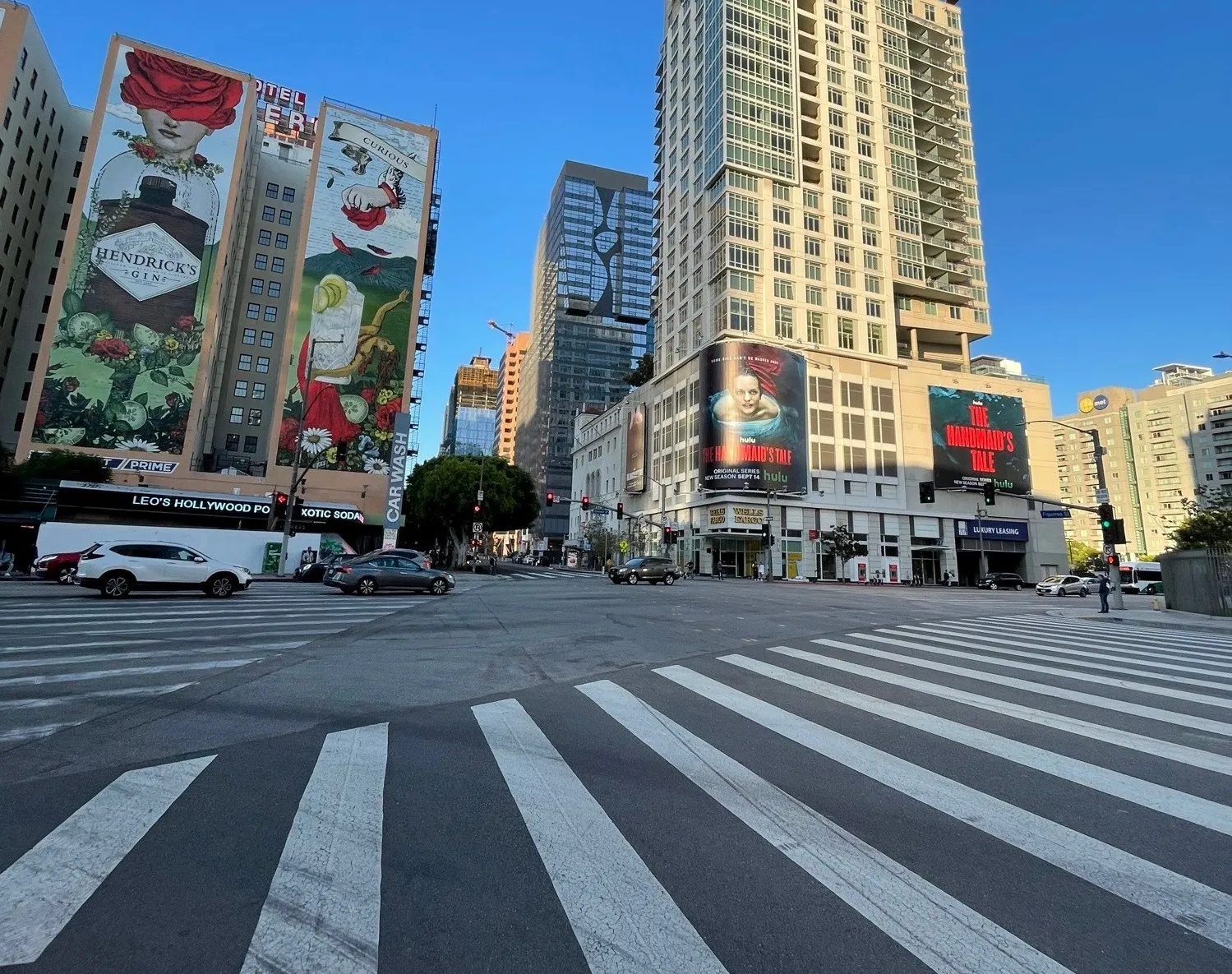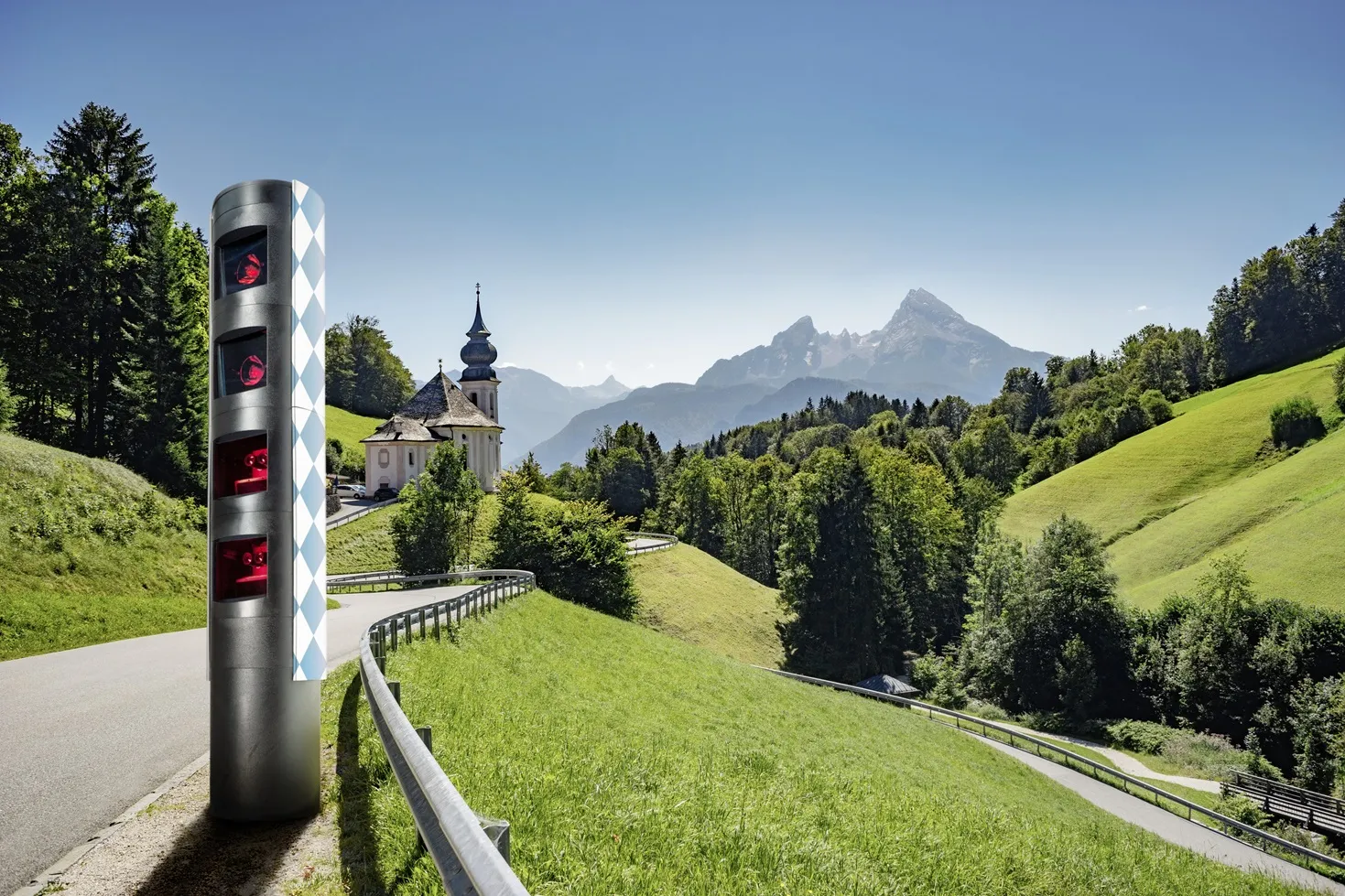An independent analysis carried out by engineer Dave Finney of Thames Valley, UK speed camera data has found an increase in injuries after the devices were installed.
The analysis, to evaluate the effect of fixed speed cameras on the number and severity of collisions at the sites where they are installed, was carried out on two groups of sites. One group includes all fixed speed camera sites in the Thames Valley area (covering Oxfordshire, Buckinghamshire and Berkshire) that were active at the start of 2
June 10, 2014
Read time: 3 mins
An independent analysis carried out by engineer Dave Finney of Thames Valley, UK speed camera data has found an increase in injuries after the devices were installed.
The analysis, to evaluate the effect of fixed speed cameras on the number and severity of collisions at the sites where they are installed, was carried out on two groups of sites. One group includes all fixed speed camera sites in the Thames Valley area (covering Oxfordshire, Buckinghamshire and Berkshire) that were active at the start of 2009, a total of 359 speed cameras within 212 sites. The other group is the subset of the 74 most recent of those sites.
The analysis is based on collision data recorded by Thames Valley Police in STATS19 and uses the database of collisions at speed camera sites created and verified by Thames Valley Safer Roads Partnership (TVSRP).
Finney used a technique he calls ‘four time periods’ (FTP) that is intended to account for the statistical phenomenon known as regression to the mean. Speed cameras are often deployed at sites following a higher than normal collision rate; therefore the collision rate would tend to reduce back to normal, whether or not speed cameras had been deployed. This change (that would probably have occurred anyway) is called RTM (regression to the mean) and its effect can be measured.
To compensate for the effects of general influences (or trend), analysis used relative collision rates at sites where the necessary data was available (the 74 most recent fixed speed camera sites). Collision data three years after installation was compared to a three year baseline period before, the effect of RTM was measured, and collision rates before and after installation were compared having fully excluded all RTM effects. At all 212 fixed speed camera sites (where part of the FTP method was used), collision rates before and after installation were compared, having fully excluded all RTM effects.
The report concludes that at 212 sites after fixed speed cameras were installed, compensated for general influences and not including any RTM effects or seasonal bias, there was a 38 per cent increase in fatal collisions and a 16 per cent increase in KSI collisions, while the overall number of collisions remains the same.
According to Finney, the evidence suggests that reducing vehicle speeds using fixed speed cameras has no impact in improving road safety. He also indicates that fixed speed cameras do not save lives and do not prevent serious injuries, nor are they demonstrated to have reduced the number of collisions.
He concludes with the recommendations that speed cameras should only be operated within scientific trials known as randomised controlled trials to measure the effect both installing and removing speed cameras and that increases in fatal and KSI collisions at fixed speed camera sites should be independently investigated.
The analysis, to evaluate the effect of fixed speed cameras on the number and severity of collisions at the sites where they are installed, was carried out on two groups of sites. One group includes all fixed speed camera sites in the Thames Valley area (covering Oxfordshire, Buckinghamshire and Berkshire) that were active at the start of 2009, a total of 359 speed cameras within 212 sites. The other group is the subset of the 74 most recent of those sites.
The analysis is based on collision data recorded by Thames Valley Police in STATS19 and uses the database of collisions at speed camera sites created and verified by Thames Valley Safer Roads Partnership (TVSRP).
Finney used a technique he calls ‘four time periods’ (FTP) that is intended to account for the statistical phenomenon known as regression to the mean. Speed cameras are often deployed at sites following a higher than normal collision rate; therefore the collision rate would tend to reduce back to normal, whether or not speed cameras had been deployed. This change (that would probably have occurred anyway) is called RTM (regression to the mean) and its effect can be measured.
To compensate for the effects of general influences (or trend), analysis used relative collision rates at sites where the necessary data was available (the 74 most recent fixed speed camera sites). Collision data three years after installation was compared to a three year baseline period before, the effect of RTM was measured, and collision rates before and after installation were compared having fully excluded all RTM effects. At all 212 fixed speed camera sites (where part of the FTP method was used), collision rates before and after installation were compared, having fully excluded all RTM effects.
The report concludes that at 212 sites after fixed speed cameras were installed, compensated for general influences and not including any RTM effects or seasonal bias, there was a 38 per cent increase in fatal collisions and a 16 per cent increase in KSI collisions, while the overall number of collisions remains the same.
According to Finney, the evidence suggests that reducing vehicle speeds using fixed speed cameras has no impact in improving road safety. He also indicates that fixed speed cameras do not save lives and do not prevent serious injuries, nor are they demonstrated to have reduced the number of collisions.
He concludes with the recommendations that speed cameras should only be operated within scientific trials known as randomised controlled trials to measure the effect both installing and removing speed cameras and that increases in fatal and KSI collisions at fixed speed camera sites should be independently investigated.










